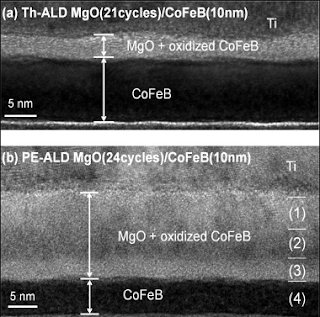Council (CMC) of semiconductor fabricators & suppliers is now meeting several times a month to mitigate potential supply-chain disruptions. The last meetings exposed likely shortages in iso-propyl alcohol (IPA) and sulfuric acid looming just over the business horizon due to the COVID-19 pandemic. The CMC has now opened attendance at monthly COVID-19 Briefings and Virtual Workshops to pre-registrants for the 2020 CMC Conference, happening October 22-23 in Hillsboro, Oregon.
Fabs and suppliers say that the supply-chain for semiconductor-grade IPA has capacity to meet current global requirements (Figure).
However, due to COVID-19, some of the industrial IPA supply-chain is re-directed to healthcare and consumer distribution, increasing overall demand. Spot prices for this critical material have reportedly increased a staggering 30% month-over-month (MoM). IPA depends on propene feedstock from oil refiners, and the current economic slowdown has reduced oil demand to such an extent that refineries are being idled. TECHCET has put up "cautionary flags" to watch for 2H20 shortages of IPA and sulfuric acid, as per the latest quarterly update to TECHCET's Wet Chemicals & Specialty Cleans analysis.
ABOUT TECHCET: TECHCET CA LLC is an advisory service firm focused on process materials supply-chains, electronic materials technology, and materials market analysis for the semiconductor, display, solar/PV, and LED industries. Since 2000, the company has been responsible for producing the Critical Material Reports™ for the Critical Materials Council (CMC), covering silicon wafers, semiconductor gases, wet chemicals, CMP consumables, Photoresists, and ALD/CVD Precursors. For additional information about these reports or CMC subscription membership please contact info@techcet.com, +1-480-332-8336, or go to www.techcet.com.
ABOUT TECHCET: TECHCET CA LLC is an advisory service firm focused on process materials supply-chains, electronic materials technology, and materials market analysis for the semiconductor, display, solar/PV, and LED industries. Since 2000, the company has been responsible for producing the Critical Material Reports™ for the Critical Materials Council (CMC), covering silicon wafers, semiconductor gases, wet chemicals, CMP consumables, Photoresists, and ALD/CVD Precursors. For additional information about these reports or CMC subscription membership please contact info@techcet.com, +1-480-332-8336, or go to www.techcet.com.



%20(1).png)







